A Behind the Scenes Look at an AC Installation
Exploring the process of air conditioning installation provides valuable insight into what goes into a properly functioning cooling system. An AC replacement service involves careful planning, precise execution, and attention to both efficiency and safety. Professionals follow a series of detailed steps to ensure the system performs optimally and meets all compliance standards. Understanding these steps helps homeowners make informed decisions when selecting and installing a new AC unit. From evaluating technical specifications to managing budgeting and installation logistics, a professional AC replacement service ensures comfort and reliability in your home.
Understanding the Basics of AC Systems
The market offers a variety of AC units to cater to different needs and preferences. Central air conditioning systems are popular for their ability to cool entire homes through a network of ducts, delivering uniform temperature control. On the other hand, ductless mini-split systems offer flexibility and efficiency without requiring ductwork, making them suitable for retrofitting older homes. Window units and portable air conditioners are ideal for cooling individual rooms, providing an affordable solution for temporary or supplemental cooling needs. The choice of AC unit largely depends on factors such as budget, space, efficiency requirements, and existing infrastructure.
An air conditioning system relies on several key components working together to deliver effective cooling and comfort. The compressor, condenser, evaporator coil, and expansion valve each play a vital role in the refrigeration cycle. During an AC replacement service, professionals ensure that these components are properly installed and functioning to maximize efficiency. The compressor pressurizes the refrigerant while the condenser releases heat, and the evaporator coil absorbs indoor heat as the expansion valve regulates refrigerant flow. By coordinating these elements correctly, an AC replacement service provides consistent cooling and optimal humidity control for a comfortable indoor environment.
AC systems function through a process of heat transfer, exploiting the principles of thermodynamics to cool indoor spaces. The system draws warm air from the room, passing it over the evaporator coil where the refrigerant absorbs the heat. The compressor then pressurizes the refrigerant, moving it to the condenser coil where the heat dissipates to the outdoor environment. This continuous cycle lowers the indoor temperature, while a fan circulates the cooled air throughout the living space. Through this mechanism, AC systems not only lower temperatures but also maintain indoor air quality by reducing humidity levels.
Selecting the Equipment
When selecting a new AC system, choosing the right brand is a crucial factor that affects both performance and reliability. An AC replacement service can help homeowners evaluate top brands to ensure they select a system that meets high-quality standards. Consumer reviews and expert recommendations offer valuable guidance on a brand’s reputation and long-term dependability. Reputable manufacturers often provide extensive warranties and customer support, giving homeowners confidence in their investment. Additionally, many leading brands incorporate advanced, energy-efficient technologies, promoting sustainability while enhancing overall system performance.
Proper sizing of an AC unit is critical to achieving optimal performance and avoiding operational inefficiencies. Incorrect sizing can lead to issues such as inadequate cooling, excessive energy consumption, and increased wear and tear. Professionals employ industry-standard sizing methods, such as Manual J calculations, to determine the appropriate unit capacity based on factors like room size and cooling load. A correctly sized AC system not only enhances comfort but also optimizes energy usage, contributing to lower utility bills. Ensuring precise sizing safeguards against potential operational issues, extending the unit's lifespan and improving long-term satisfaction.
Incorporating smart features into an AC system significantly improves convenience, functionality, and energy management. An AC replacement service can install these modern systems with smart thermostats and connectivity options, allowing homeowners to control settings remotely via mobile apps. These features enable intelligent scheduling, monitor energy usage patterns, and provide insights to optimize performance without sacrificing comfort. By leveraging real-time adjustments, smart AC systems help reduce energy consumption and lower utility costs. Additionally, many smart systems integrate with home automation platforms, offering seamless control over multiple household devices for enhanced convenience and efficiency.
Examining The Installation Process
Proper preparation of the installation site is essential for a smooth and successful AC system upgrade. An AC replacement service ensures technicians thoroughly assess the space to identify any obstacles or structural challenges that could affect the installation. Site preparation includes clearing debris, leveling surfaces, and providing adequate ventilation, all of which are critical for the system’s optimal performance. Professionals also evaluate access to electrical connections and plumbing while accommodating the size and layout of the new unit. Comprehensive preparation by an AC replacement service helps maintain workflow efficiency and prevents delays caused by unexpected complications.
Mounting and securing the AC unit is a crucial step that requires precision and attention to detail. Technicians utilize specialized tools and brackets to ensure the unit is level, securely fastened, and capable of operating without vibrations. Proper mounting reduces noise levels and prevents potential damage caused by movement or instability over time. For outdoor units, technicians ensure adequate clearance for airflow and take measures to protect the unit from environmental damage.
Installing the electrical wiring and connections is a technical, safety-critical step in the AC installation process. Experienced electricians handle the wiring, ensuring it complies with local codes and standards to mitigate risks such as electrical faults or fires. This step involves connecting the system to the power supply and correctly configuring the thermostat and control systems. Technicians conduct thorough testing of the electrical connections to confirm voltage compatibility and safeguard against overloading circuits.
Making Post-Installation Considerations
Regular maintenance is crucial for preserving the performance and extending the lifespan of an AC system, keeping it operating at peak efficiency. Many professionals offer service contracts that include scheduled visits for cleaning, inspections, and filter replacements, ensuring the system receives consistent care. According to This Old House, your HVAC system can last up to 15–20 years with proper maintenance, highlighting the value of routine attention. Scheduled maintenance also helps homeowners identify potential issues early, allowing for cost-effective solutions before they become major problems.
Monitoring energy consumption after installing a new AC system is essential for evaluating performance and identifying ways to save on utility costs. An AC replacement service can guide homeowners in using smart meters and energy-tracking tools to collect detailed data on usage patterns. These insights allow for informed adjustments to scheduling and temperature settings, optimizing comfort while minimizing energy waste. By regularly tracking energy use, homeowners can assess the effectiveness of efficiency measures implemented during installation. Additionally, this information helps inform future decisions about potential upgrades or modifications to maintain optimal system performance.
Understanding upgrade and replacement timelines is vital to planning for the AC system's future, ensuring continuous comfort and efficiency. Technological advancements and wear over time necessitate eventual system upgrades, with older models often lacking energy-efficient features. Professionals can advise on suitable replacement intervals and suggest available innovations to enhance system performance. Consulting experts helps homeowners to anticipate capital expenditures, aligning budget considerations with evolving needs and problems is great.
A professional AC replacement service ensures that every step of the installation process is handled with expertise and precision. By relying on trained technicians, homeowners gain access to properly sized units, smart features, and secure installation that maximizes efficiency and longevity. Ongoing support and guidance from an AC replacement service also help optimize energy usage and prevent costly issues over time. If you need a new air conditioner, contact Made New Air Conditioning & Heating Inc.

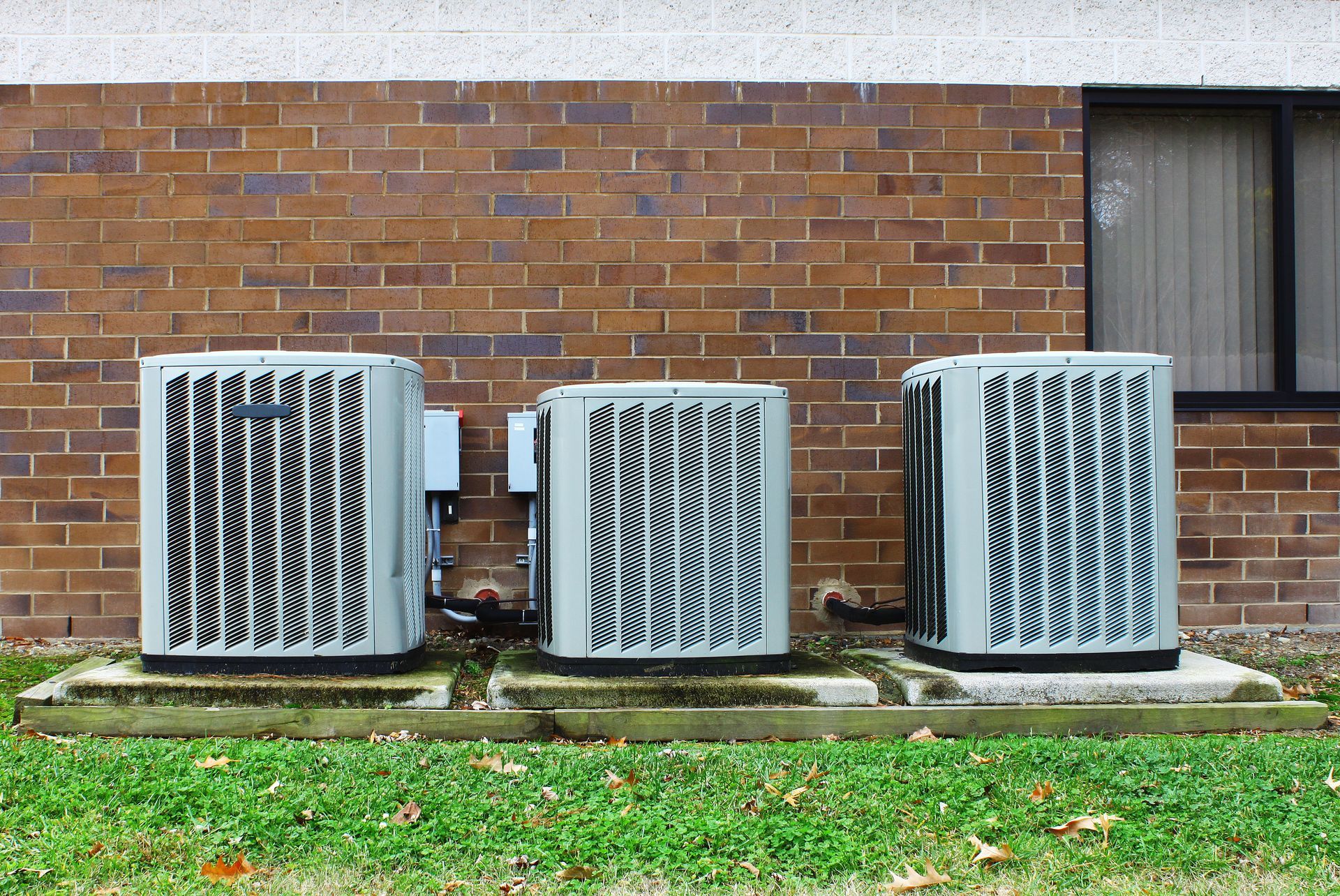
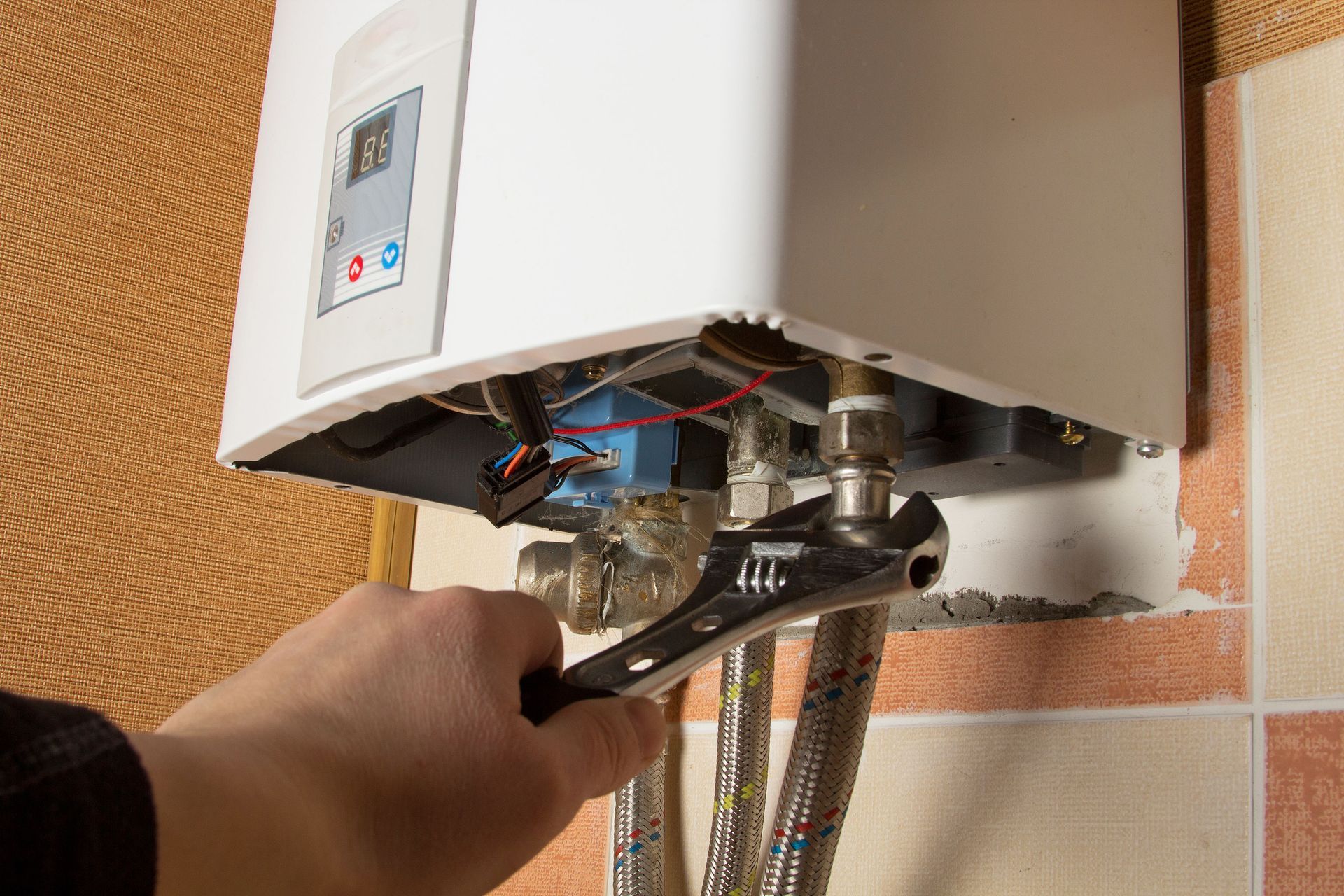



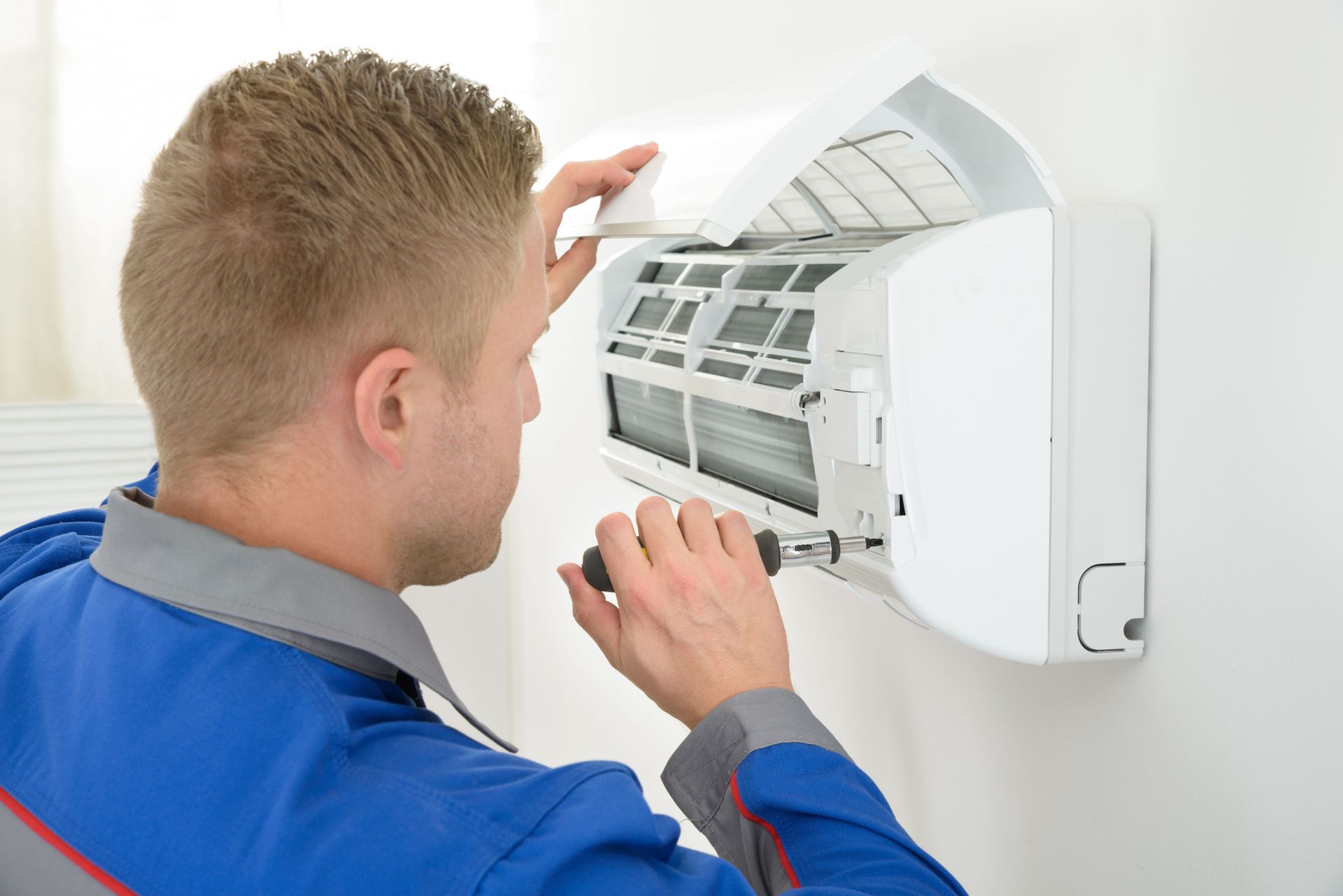

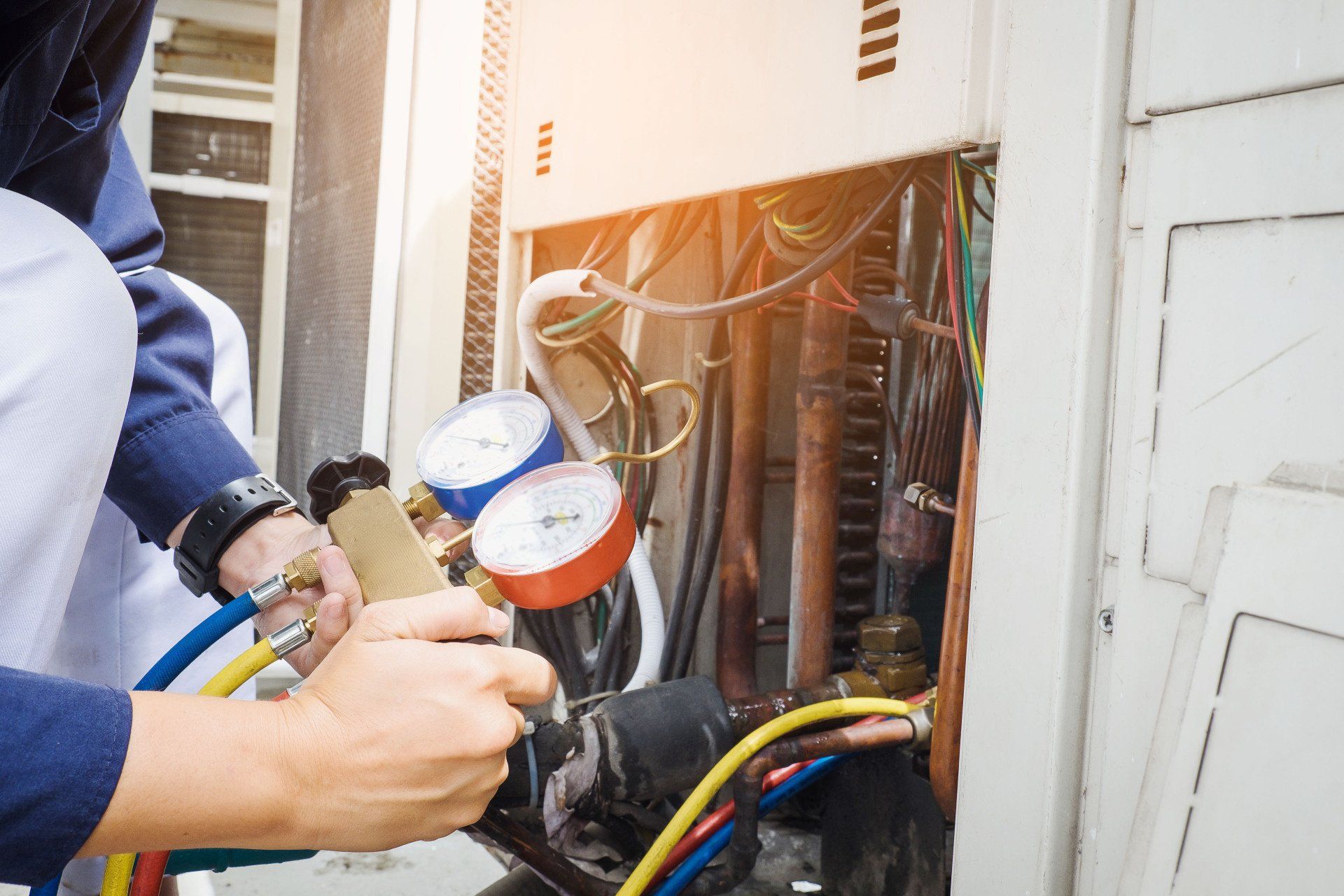
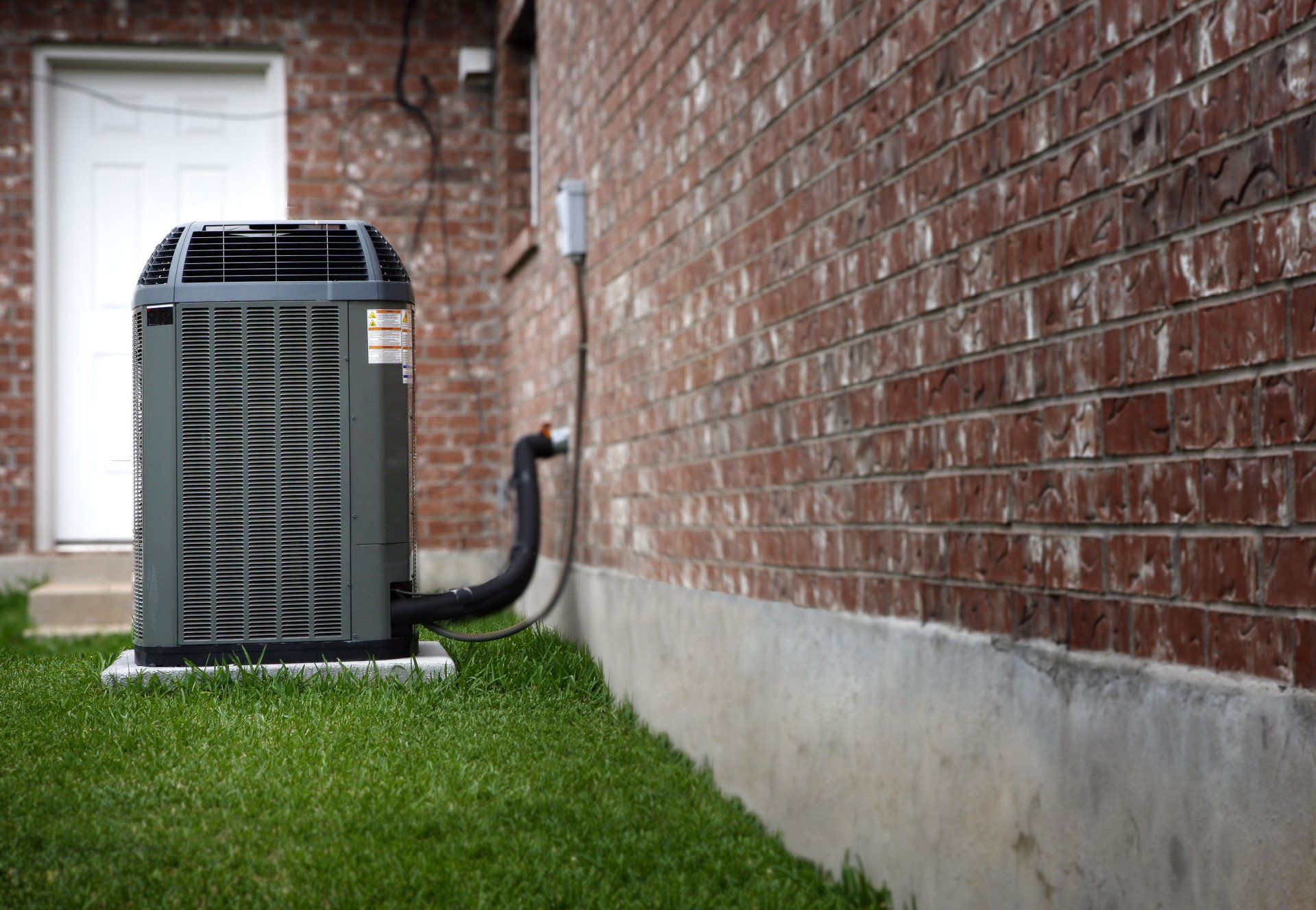
Share On: